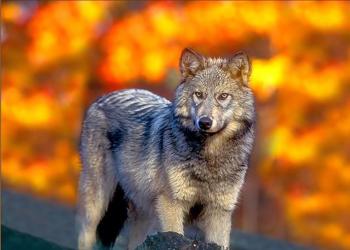Welcome to Sequoia National Forest
The Forest offers 52 developed campgrounds, hiking on more than 1,147 miles of trails including 47 miles of the PCT, over 314,448 acres of wilderness, 222 miles of Wild and Scenic Rivers, 2,617 rivers and streams, world-class whitewater rapids, 158 ponds and lakes, boating, fishing, biking, horseback riding and more.




